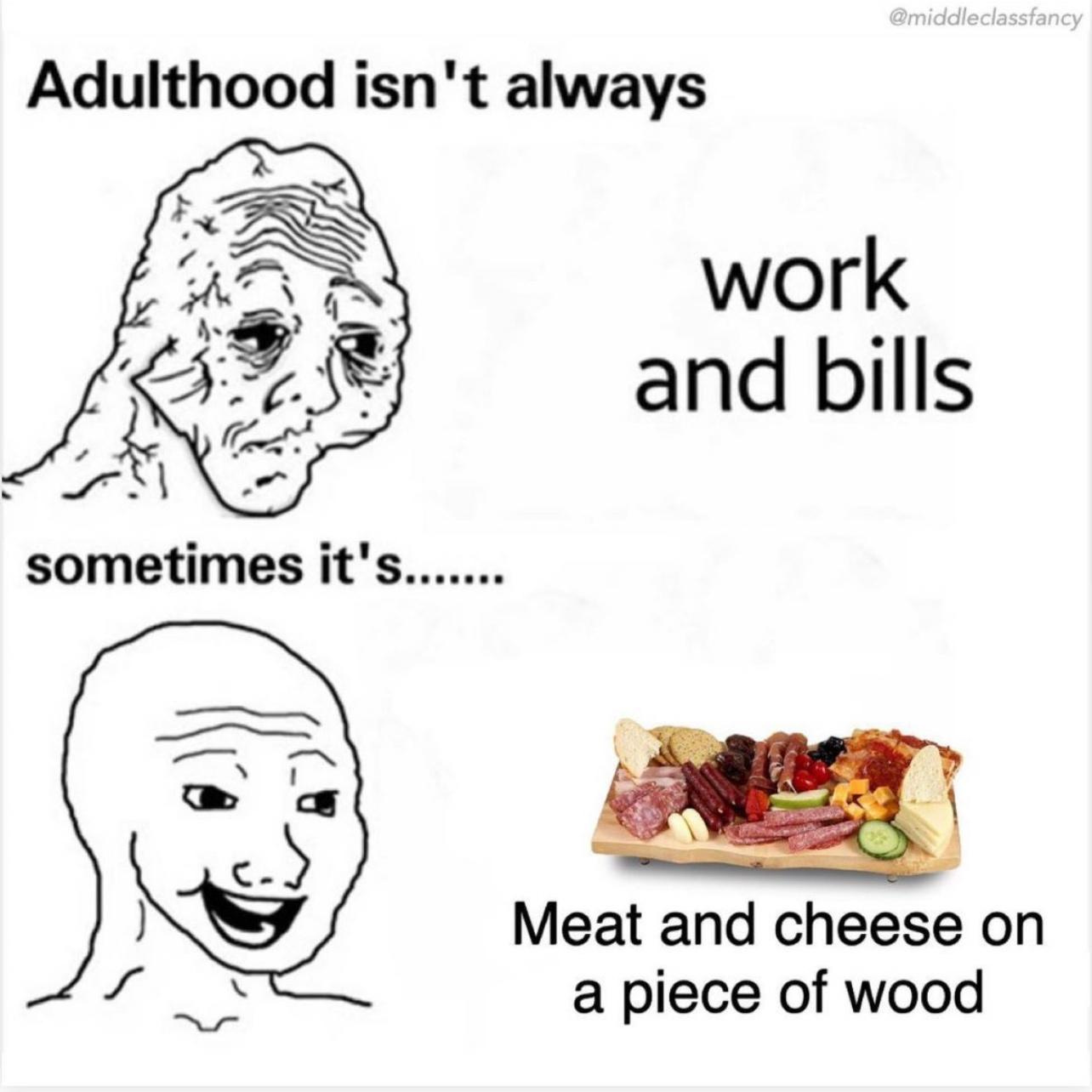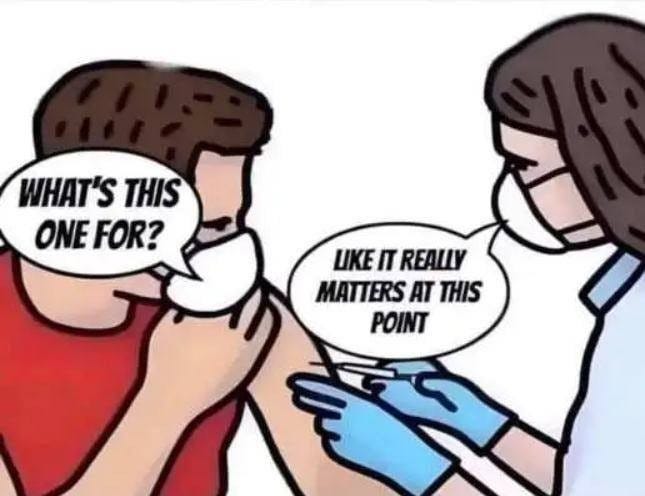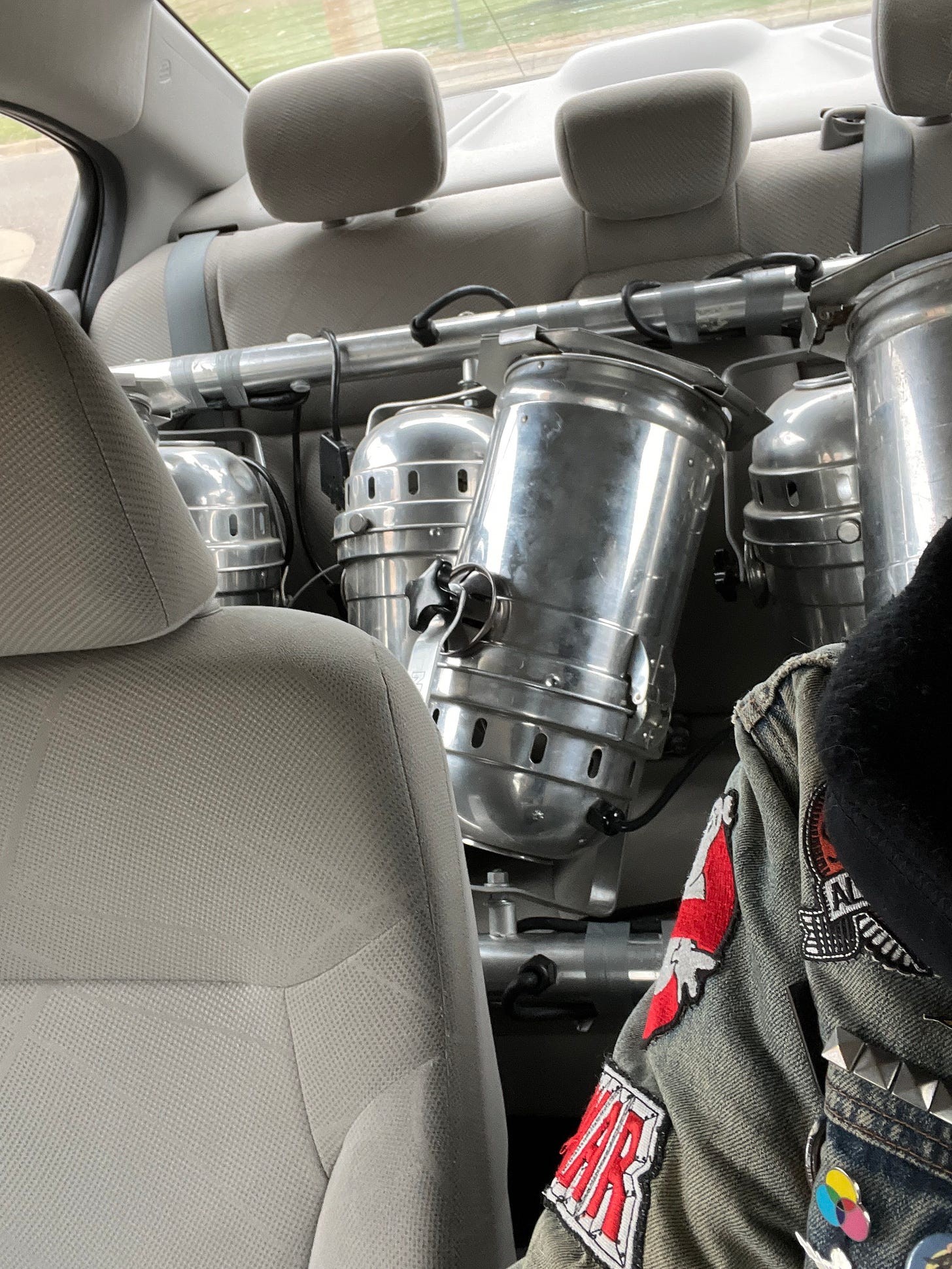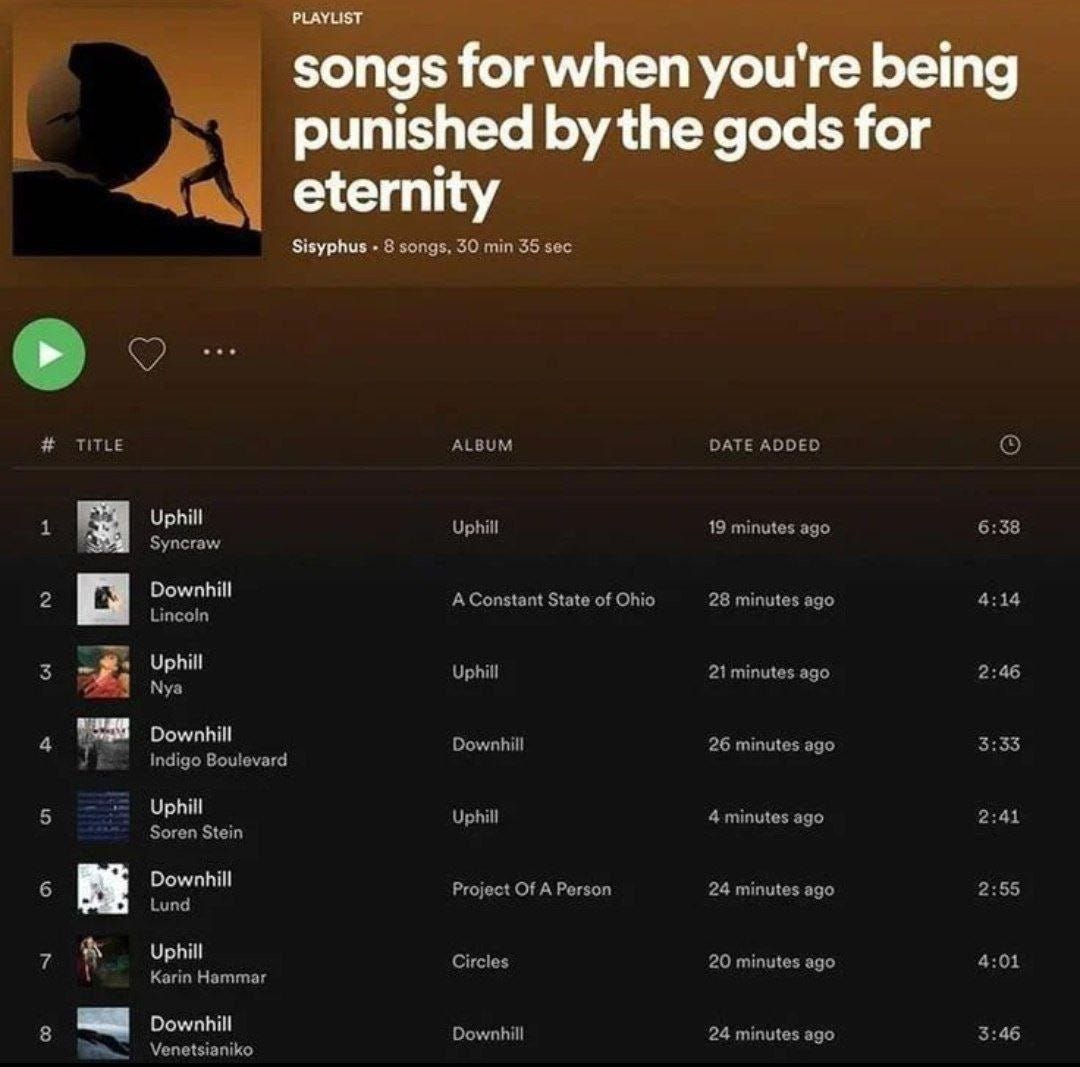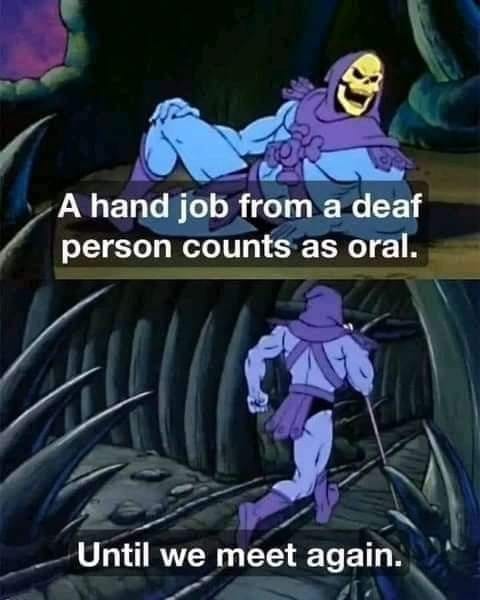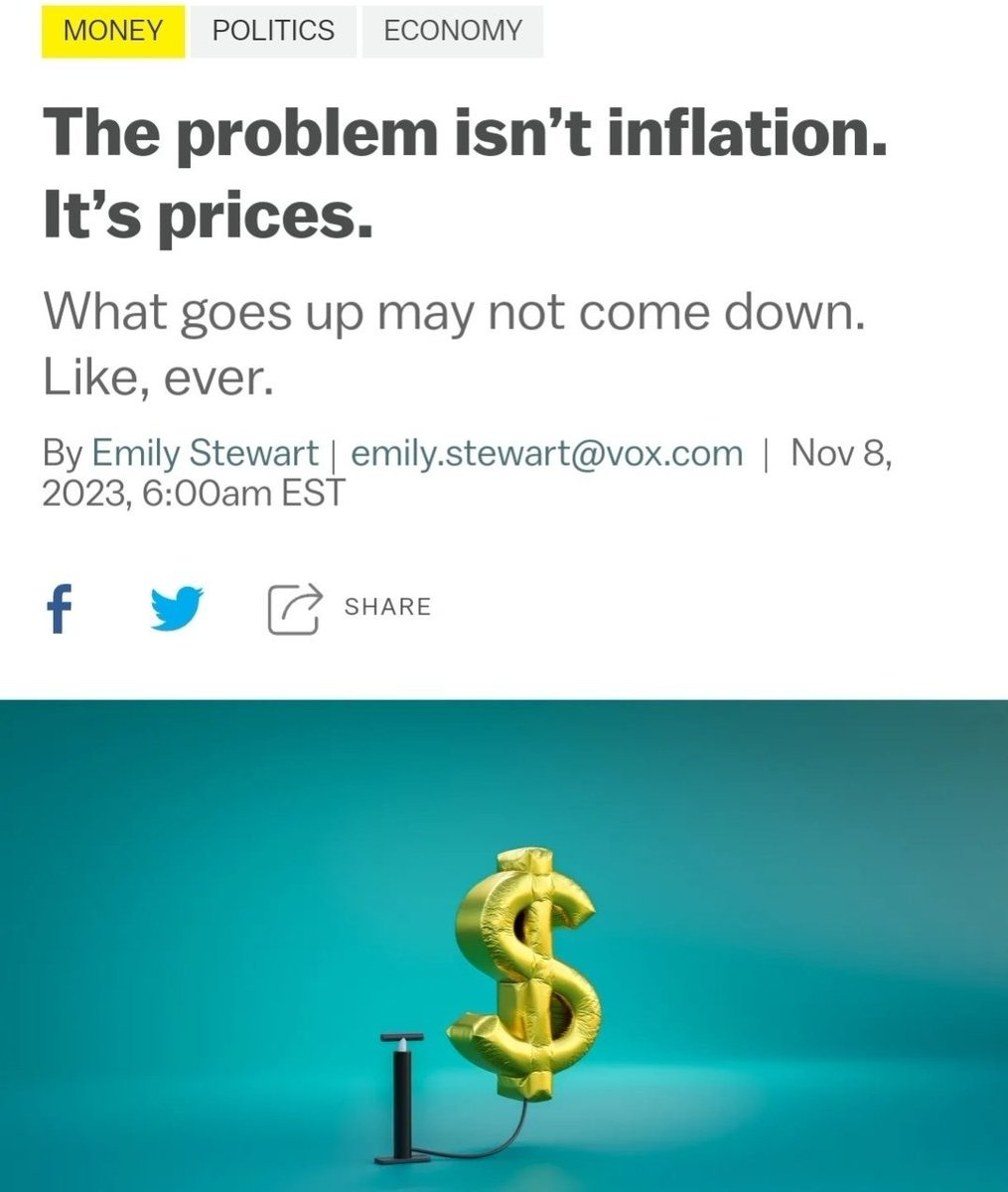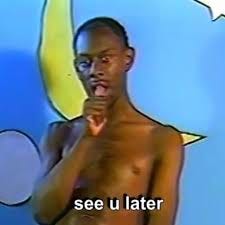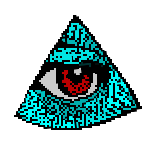S01E178: Of Moderate Specialness
Sleeping Beauty Syndrome
Vinylweight Champion
Listen, I didn’t Invent Science
Projections from the Rear
Private Browsing Joins Us! ⛧ Old Man From Led Zeppelin 4 Cover Identified! ⛧ The New York Times Advocates Magic Mushrooms for Mental Health ⛧ BTC Hits 1-Year High ⛧ Blackrock CEO Larry Fink Pushes For Crypto ETFs ⛧ Kleine-Levin Syndrome – Sleeping for Days or Weeks ⛧
This Guy’s Hypothalamus? Fried!
BYO3-DG
ZOSO’S CORNER (Show Notes)
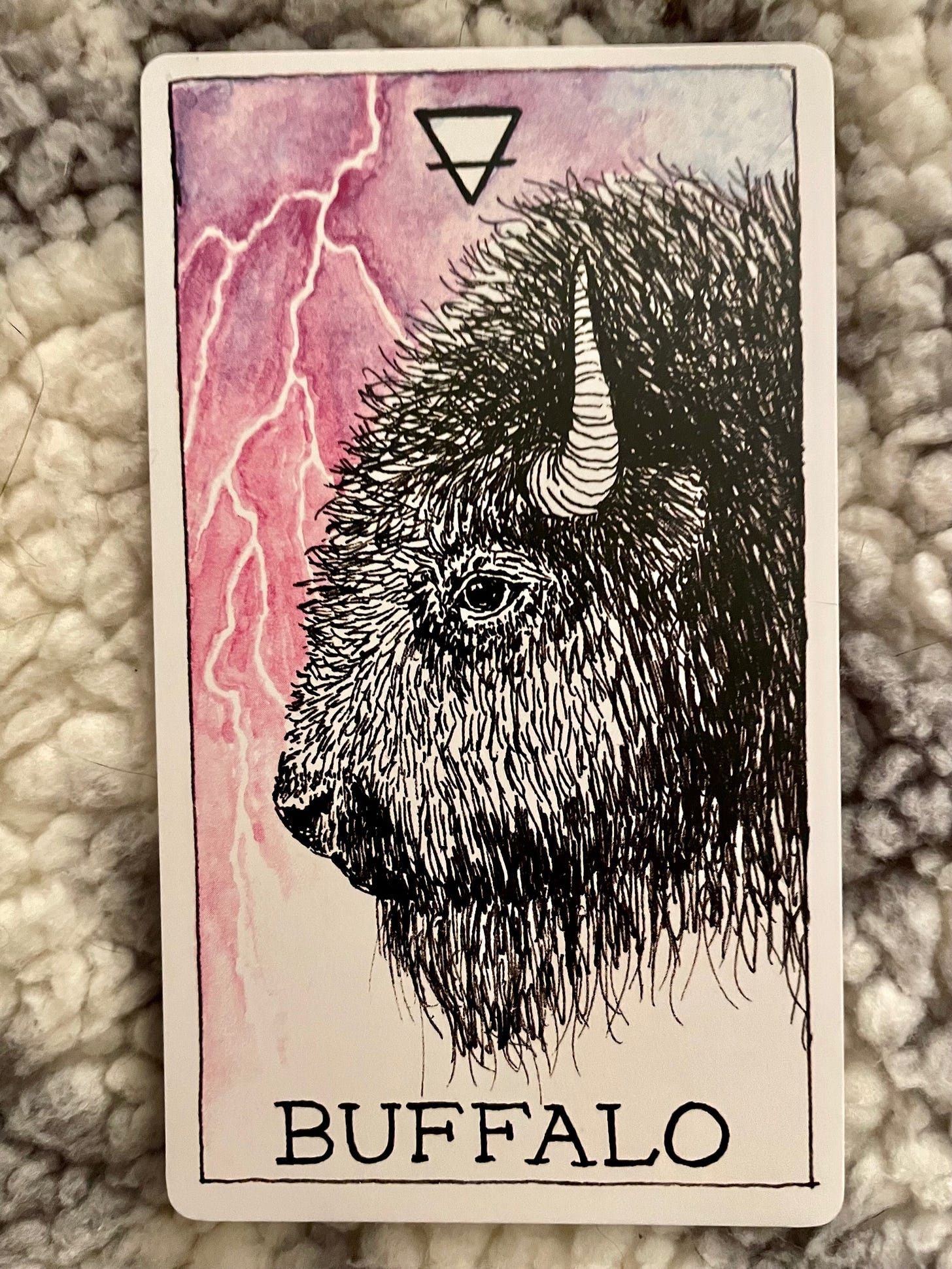
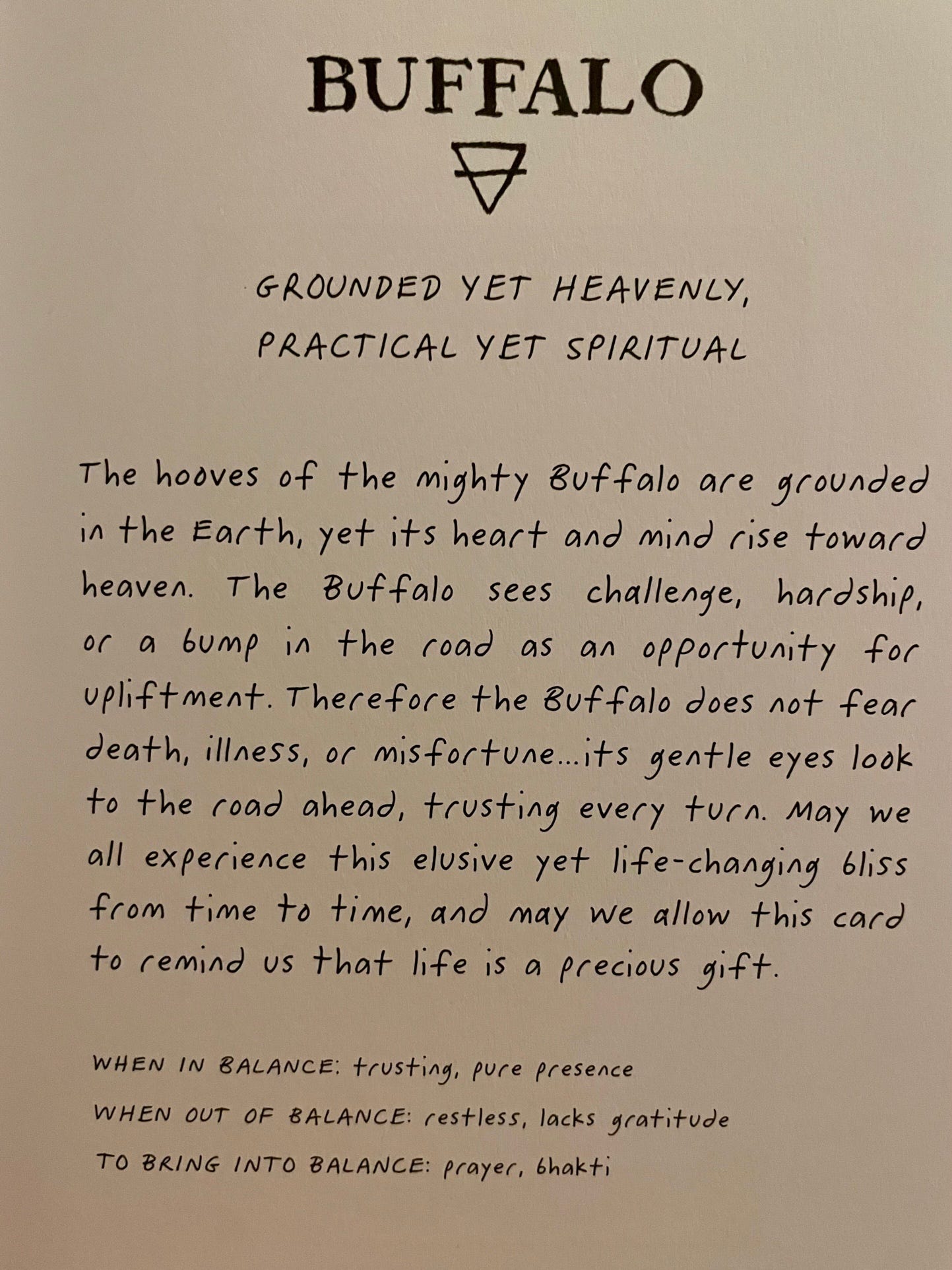
Tonight’s Tarot: The Buffalo
from the Animal Spirit Deck by Kim Krans
Freaks of Hazard:
BassNJay came in with his monthly paypal of $10! Thanks very much!
Thank you Private Browsing for joining us!
Subscribe for the SXXY-est junkmail for your inbox right here!
THE SLEEPER HAS AWAKENED
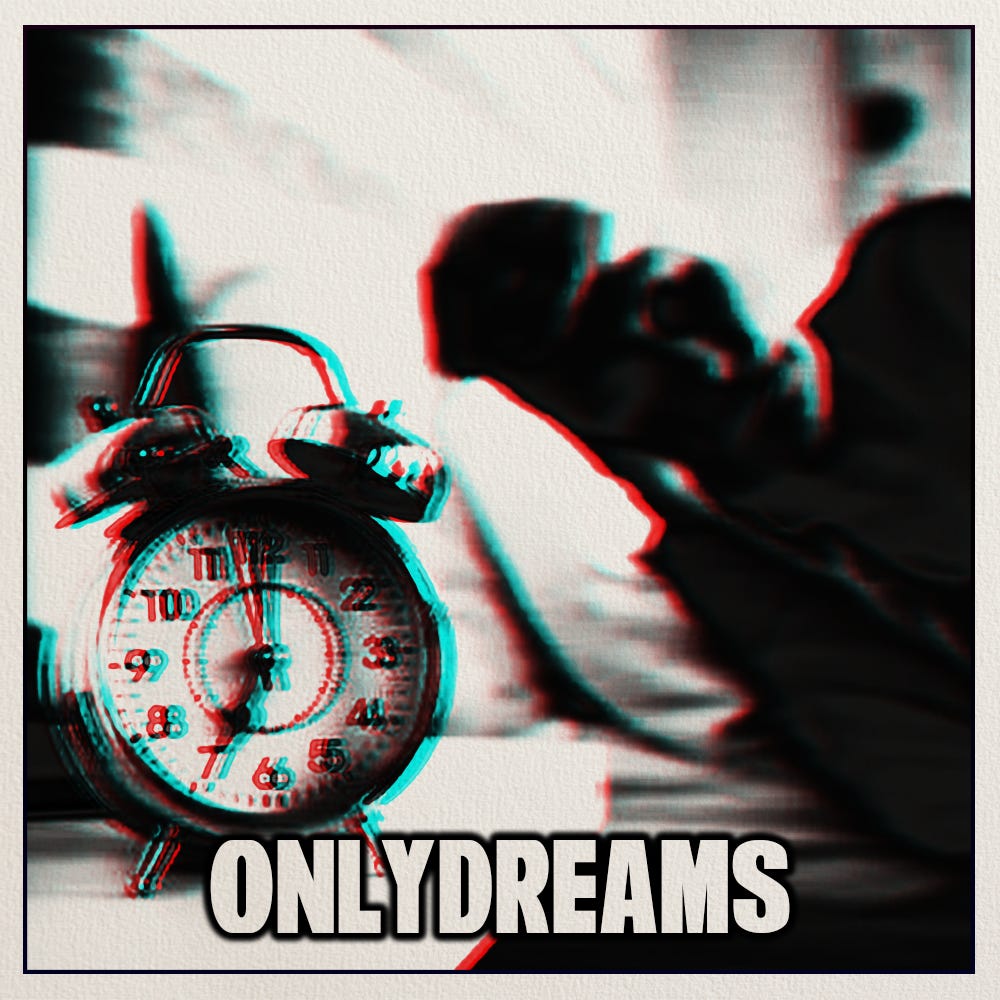
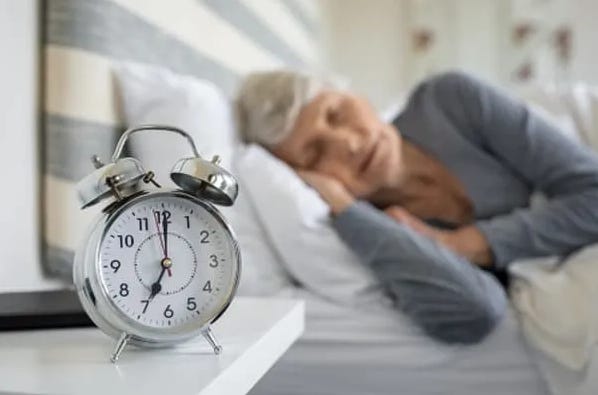
Riddle me this:
What is the connection between Rip Van Winkle, Princess Aurora, bears, and the average teenage boy?
They all sleep a LOT.
Joe Dombrowski is a comedian I follow online. He used to be a teacher so his humor is relevant to my interests. On Oct 12, he posted a video talking about how he has one of the rarest neurological disorders ever. Here he is on comedian Steph Tolev’s podcast.
[start with this clip from youtube, 12:28-13:40]
From rarediseases.org:
- Kleine-Levin syndrome (KLS) is a rare disorder characterized by the need for excessive amounts of sleep, like 18-20 hours a day (hypersomnolence); excessive food intake (compulsive hyperphagia); and behavioral changes such as an abnormally uninhibited sexual drive.
- The disorder primarily affects males, with onset at ~16 years old (3:1 ratio).
- When awake, affected individuals may exhibit irritability, lack of energy (lethargy), and/or lack of emotions (apathy). They may also appear confused (disoriented) and experience hallucinations.
- Symptoms of Kleine-Levin syndrome are cyclical. An affected individual may go for weeks or months without experiencing symptoms. When present, symptoms may persist for days to weeks. In between episodes, no KLS symptoms occur.
- In some cases, the symptoms associated with Kleine-Levin syndrome eventually disappear with advancing age. However, episodes may recur later during life like in the 40s or 50s.
- The exact cause is unknown, but it is presumed to be caused by damage or malformation of the hypothalamus, which regulates sleep, hunger, and body temperature. It tends to be hereditary. However, in some cases, the development of KLS follows a flu-like illness indicating an infection leading some researchers to speculate that an underlying autoimmune process may play a role in the development of the disorder. A Stanford University study in 2005 determined that 72 percent of the cases studied were preceded by symptoms of infection.
But how does one survive in this state?
- [play same video 13:41-14:40]
What kinds of side effects go with KLS?
More from rarediseases.org:
- Although affected individuals can be awakened, they may be irritable or listless (lethargic) and/or apathetic. They may also appear disoriented, or have difficulties speaking such as slurred speech. In some cases, affected individuals may experience hallucinations or a sense of distorted reality in which they feel detached from their surroundings or have disconnected thinking.
- In addition, individuals with Kleine-Levin syndrome may have an uncontrollable urge to eat excessively (compulsive hyperphagia). Affected individuals generally do not complain of being excessively hungry but will typically consume available food, regardless of the food’s condition, quality, or appeal to their preferences. Most individuals with Kleine-Levin syndrome may experience weight gain associated with episodes of compulsive hyperphagia.
- In some cases, individuals with Kleine-Levin syndrome also exhibit an abnormal sexual drive. They may be sexually uninhibited or have an abnormally increased sex drive (hypersexuality). In addition,there may be other behavioral abnormalities such as memory problems, inattentiveness, absentmindedness, and/or difficulties with concentration. Some affected individuals may show signs of depression, aggression, and/or anxiety.
- [play same video from 14:40-16:38]
Q & A’s from the comments under Dombrowski’s instagram video:
- Do you have triggers for it, or are the episodes random?
- For him, it used to be weed or alcohol (not anymore). The last 3 or 4 episodes happened during the changing of the seasons between summer and fall.
- Should you be driving?
- He can sense when it is coming on. He can take a day or two to get things in order before, including setting up a sub at work and not driving.
- Do you feel rested after?
- No, and in fact there is a period of insomnia after until things even out.
- Do you dream during these periods?
- YES, his dreams are very vivid and realistic, sometimes absolutely insane.
- Is it possible to wake you?
- Yes, but it’s brief and he rarely remembers the encounters. His family or his husband will make sure he is eating and drinking enough and isn’t too unhygienic. He usually has a full beard though like Tom Hanks in Castaway by the end.
Dombrowski hasn’t had any episodes since 2019, but his last one was while he was on a stand-up tour and he had to cancel it.
* * *
How does this compare to narcolepsy?
- Narcolepsy tends to be sudden and can involve muscle weakness (cataplexy) that can be triggered by strong emotion such as laughter. The sleeping periods are more brief (5-30 mins) but occur more often (constant daily fatigue). Narcolepsy can also include sleep paralysis upon waking.
- About 1/2000 Americans have narcolepsy, whereas KLS occurs in 1-2/million.
Other fun facts about KLS:
- It’s so rare that only about 500 cases are found in published medical literature (as early as 1815), but many cases go unrecognized or unreported. Stanford Center for Narcolepsy is currently in the process of planning a wide-ranging study of KLS but they are still finding patients and parents to participate.
- Sometimes a combination of antidepressants or stimulants are prescribed to patients to help mitigate symptoms, with mixed results. Not enough data to say one way or another is safe or effective in the long term.
- From this study:
Edmé Chauvot de Beauchêne (1749–1824) described a 24-year-old woman whom he had examined during four attacks of hypersomnia, which lasted between 24 h and 8 days. He reported: “In her fourteenth year, she was overcome with a lethargic sleep which lasted several days; and it was so profound that she was believed dead. From that point forward, the affection of sleep recurred at irregular intervals; it usually lasted eight to ten days, continuing at times for fifteen; and upon one sole occasion, it persisted into the seventeenth day … During the first four years of her disease, this poor girl had appetites as bizarre as they were dangerous, causing her to eat lime, plaster, soil, and vinegar. Thereafter, these appetites subsided, and she nourished herself indiscriminately with all sorts of aliment, excepting bread, for which she maintained an insuperable loathing till she was perfectly cured. This food always occasioned vomiting.”
In one case from 1980 (p.28, #372), a Caucasian-Hawaiian family had 9 cases (5 males, 4 females, between 3 generations).
A BUNDLE OF MYSTERY

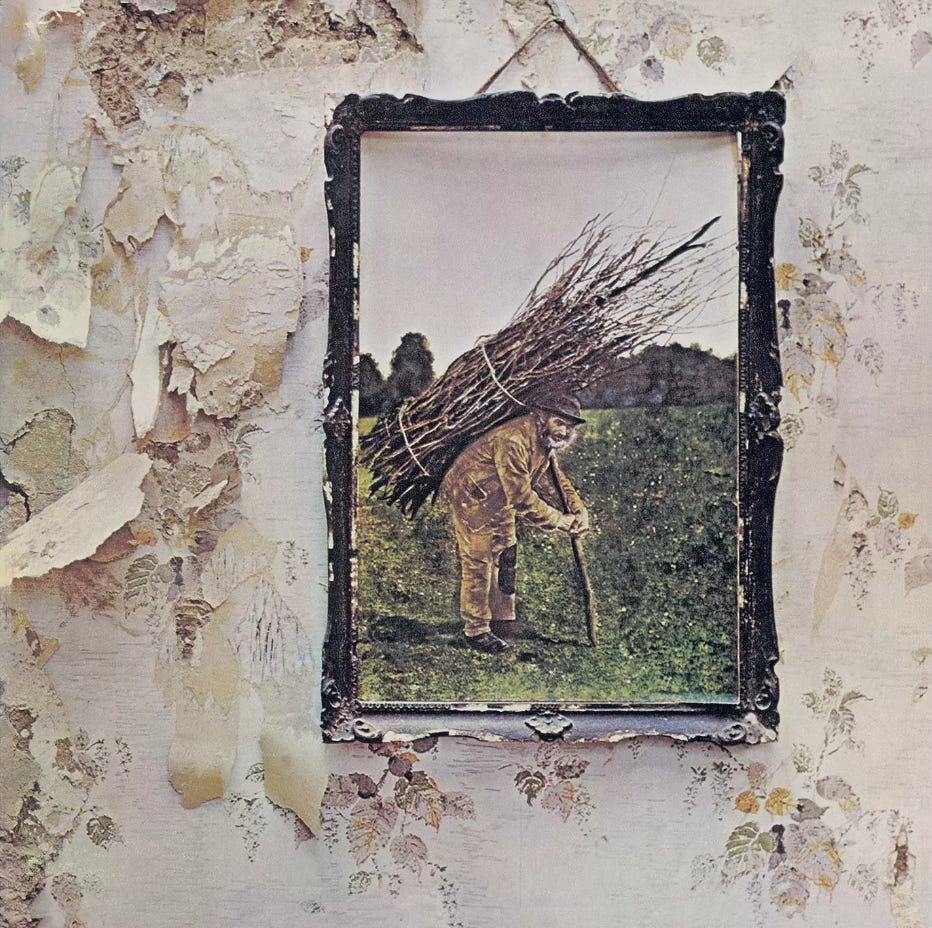

THE ZOSO MAN HAS BEEN DISCOVERED
The worker on the cover of the legendary album Led Zeppelin IV has been identified as Lot Long, a widower from Mere, a market town in Wiltshire close to the borders of Somerset and Dorset.
The discovery of the original photo was made by Brian Edwards, who was working with the Regional History Centre at the University of the West of England.
Edwards discovered the photo in a Victorian photograph collection titled Reminiscences Of A Visit To Shaftesbury. Whitsuntide 1892. A Present To Auntie From Ernest. The album contained architectural images along with street scenes and workers from the three neighboring counties.
“Led Zeppelin created the soundtrack that has accompanied me since my teenage years,” Edwards said, “so I really hope the discovery of this Victorian photograph pleases and entertains Robert, Jimmy and John Paul.”
The photographer had written “A Wiltshire thatcher” on the photo. Edwards then researched to discover the thatcher was Lot Long, born in Mere in 1823 and died in 1893. When the photo was taken, Lot was a widower living in a small cottage in Shaftesbury Road, Mere.

A partial signature suggests the photographer is Ernest Howard Farmer (1856-1944). Farmer’s photograph is now in Wiltshire Museum in Devizes.
Led Zeppelin IV, often referred to simply as Zoso or Four Symbols, is the band’s iconic fourth studio album. It features some of Led Zeppelin’s most well-known and enduring tracks, such as Stairway to Heaven, Black Dog, and Rock and Roll. The album’s cover art, devoid of any band name or album title, is equally iconic, featuring four symbols representing each band member.
Over the years, Led Zeppelin IV has achieved diamond certification and remains a cornerstone of classic rock, earning its place in the pantheon of legendary albums.
The photo is part of a new exhibition, The Wiltshire Thatcher – A Photographic Journey through Victorian Wessex, which will be held from 6 April 2024 to 15 September 2024.

NY TIMES DOES MUSHROOMS
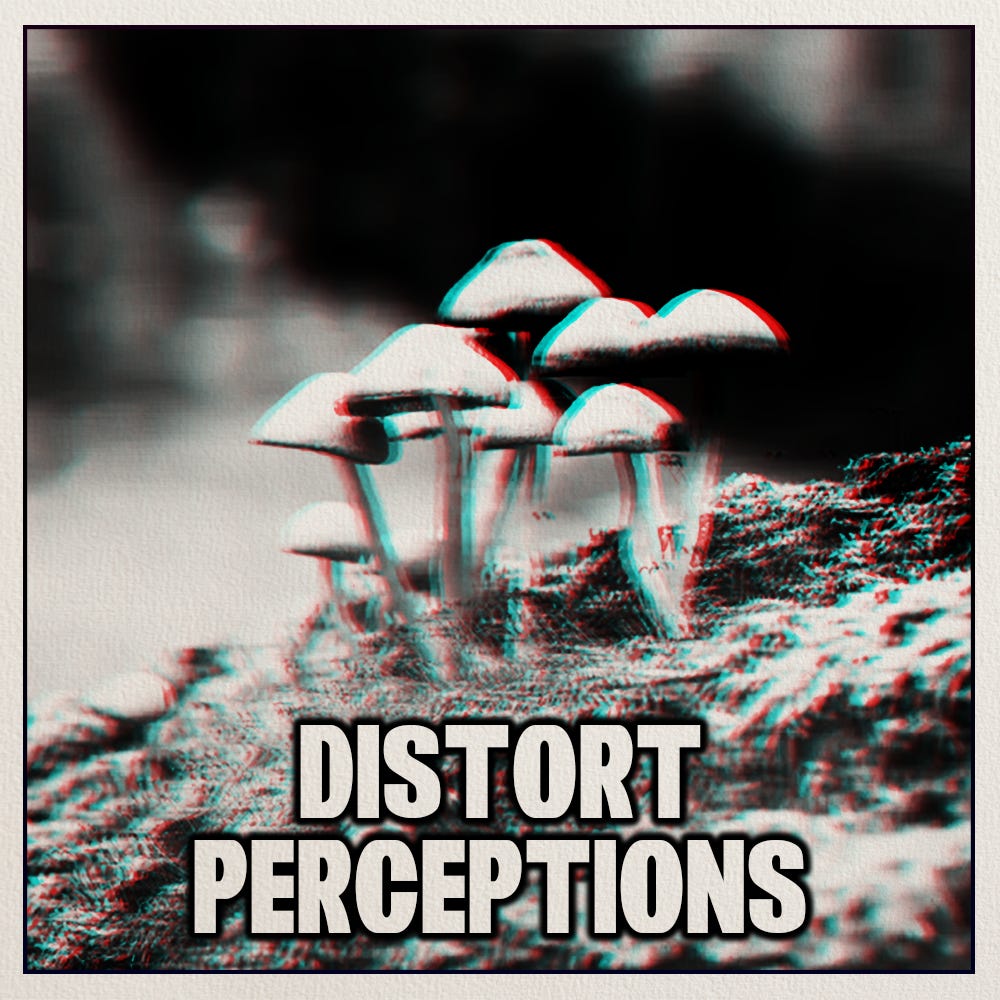
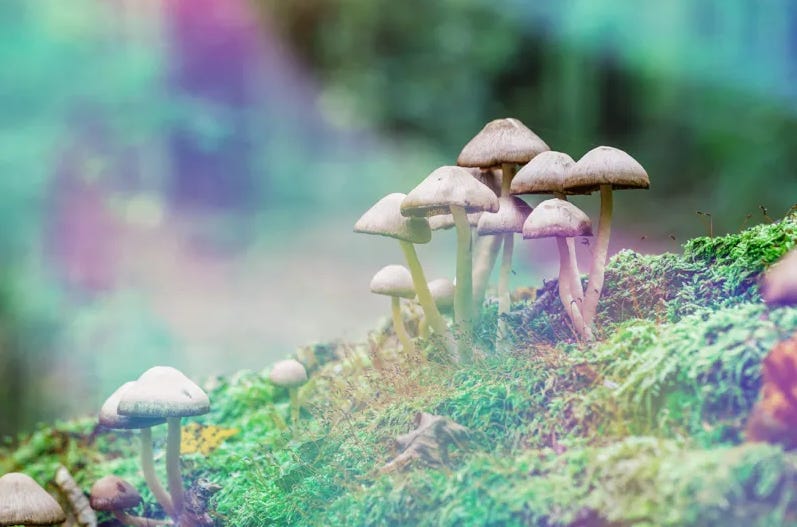
A New Era of Psychedelics in Oregon
Stigmatized in law and medicine for the past half-century, psychedelics are in the midst of a sudden revival, with a growing body of research suggesting that the mind-altering compounds could upend psychiatric care. Governments in several places have cautiously started to open access, and as Oregon voters approved a broad drug decriminalization plan in 2020, they also backed an initiative to allow the use of mushrooms as therapy.
This summer, the state debuted a first-of-its-kind legal market for psilocybin mushrooms, more widely known as magic mushrooms. Far from the days of illicit consumption in basements and vans, the program allows people to embark on a therapeutic trip, purchasing mushrooms produced by a state-approved grower and consuming them in a licensed facility under the guidance of a certified facilitator.
Plants and fungi with psychoactive properties have been used for thousands of years. More modern uses in the United States grew in the 1950s with promising research on LSD and psilocybin, and the substances soon became a signature of the counterculture movement, so much so that political leaders moved to criminalize their use and halt research into their effects.
In altering the normal activity of the brain, psilocybin has the power to distort perceptions, transform senses and bend emotions. Researchers see the possibility of bestowing the brain with new elasticity, allowing people a chance to escape mental ruts. Studies have suggested that breakthroughs may be possible for people with challenging mental health conditions, including PTSD, substance addiction and treatment-resistant depression, without the habit-forming properties of some other drugs.
For those who have long worked on psychedelics research, the sudden expansion in access in Oregon and Colorado, along with cities like Denver, Detroit, Minneapolis and Washington, D.C., have prompted a mix of elation and trepidation. Oregon has settled on a middle-of-the-road approach, requiring neither a doctor’s supervision nor a specific medical diagnosis, but providing for strict oversight of supply and use.

Dr. Janis Phelps, director of the Center for Psychedelic Therapies and Research at the California Institute of Integral Studies, said she and other researchers had been wary of the decriminalization movement. Many in the field had worked for years to remain strictly scientific, hoping to avoid government crackdowns, and to give the U.S. Food and Drug Administration time to fully review the effects of psilocybin before pressing ahead with efforts to make it legal.
“I have changed my mind,” she said. While she remains concerned that bad actors could try to enter the industry strictly for profit, or try to take advantage of vulnerable people, she has come to believe that the open door in Oregon could advance the use of psychedelics in ways that methodical approaches cannot.
BTC HITS 1-YEAR HIGHS
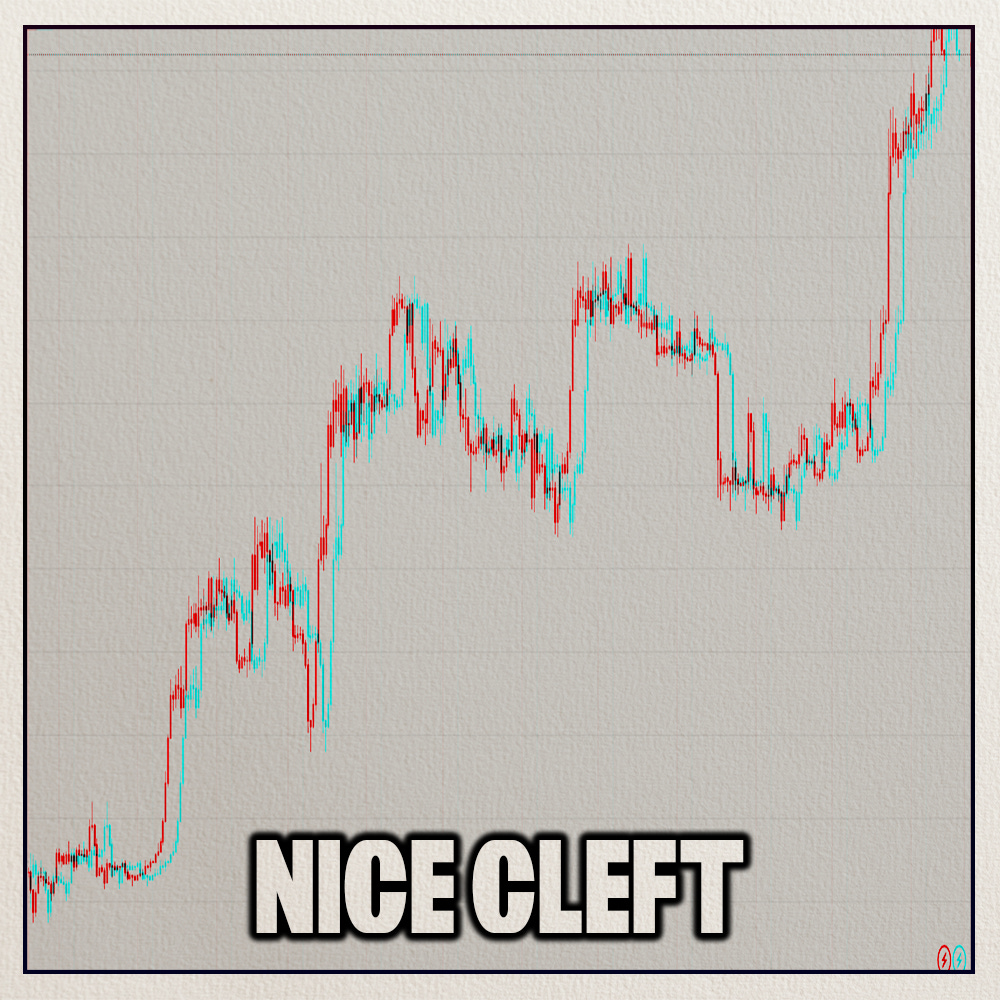

Larry Fink, CEO of Blackrock, champions BTC, pushes for Crypto ETFs, which would bring a new wave of exposure and capital to the crypto markets.
OPENER
George Harrison of The Beatles Talks Drug Use and ‘The Rock Star’ Lifestyle | The Dick Cavett Show
INTERMISSION
I’m Only Sleeping (The Beatles) – Cover by Taylor Rae & Sydney Gorham
CLOSER
Little Squirrels – Lavish
PRESHOW
TBD
TAKE THESE, IT’S DANGEROUS TO GO ALONE!

